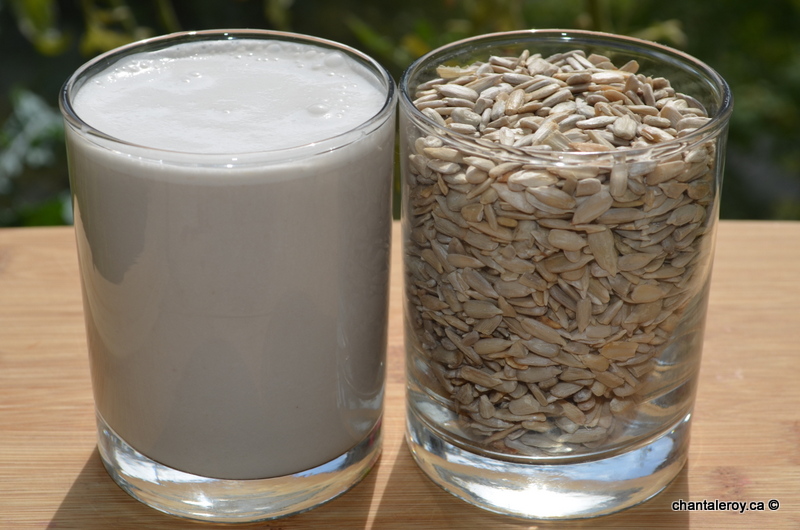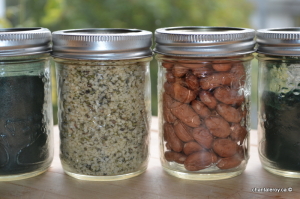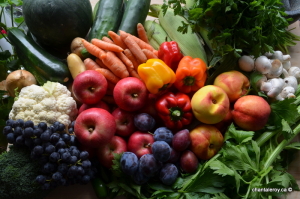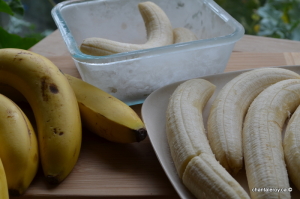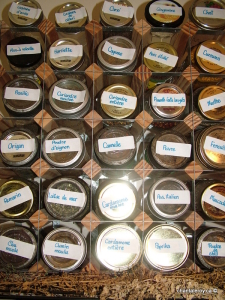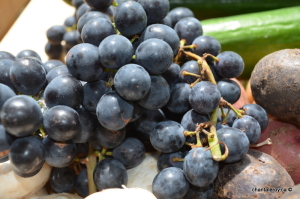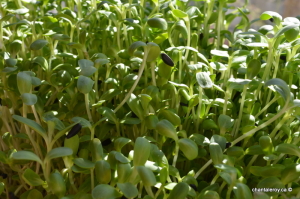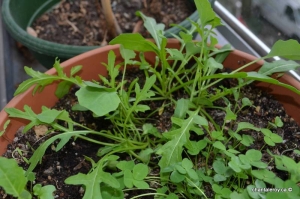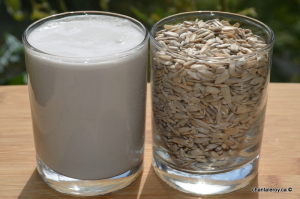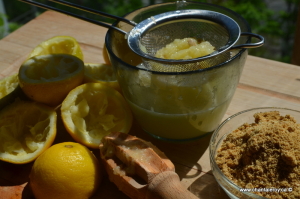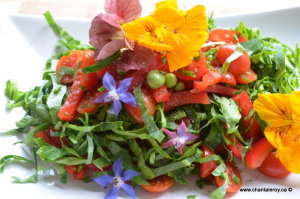Healthy Eating: 11 ways to save and get more!
By Chantale Roy
October 13, 2015, Chantale Roy
It seems that we humans have this mischievous tendency to resist to change. The reason that manage to sneak among the mass of objections with which the ego repeatedly bombed our will in deserves an honorable title…
If this strong reason joined my will, the financial matter might attempt to attack it with the following statement: “Yes, but eating healthy is expensive!”
Personally, my desire to be healthy and to live fully and freely will never be brutalized by this statement, especially because I believe this is wrong. Ultimately, my daily diet is quite economical, besides being highly profitable.
Here are 11 ways to save while getting more benefits from food. Basically, it is about learning to make better food choices and use them optimally.
1- Make a list of what you actually eat
Most of people rotate the same 10 recipes. Then they add various foods such as whole fruit and vegetables like apples. It is easy then to make a list of categories (for those who eat raw, see the list in my book Rawfreshing Express 1):
- fruits;
- vegetables;
- seeds;
- nuts;
- grains;
- beans;
- other.
Subsequently, our inventory is rising gradually. Buy only what we actually use prevents us from losing money and food ghost…
2- Budget for your food and stick to it
It is possible that if we have no financial limit, the attraction of the moment can make us lose control. From these figures, we can keep a balance, because sometimes the simple saying “as long as it’s healthy, I can add it to my shopping cart” can play tricks on us .
3- Buy wholesale
Our personal or family budget can be daily, weekly, biweekly, monthly, yearly, etc. If this budget allows, you can buy your most popular ingredients in larger quantities. Obviously, for perishable goods such as fruits and vegetables, it is necessary to evaluate our real needs; then we must determine whether the ripening will follow the same pace as our daily consumption. Thus, a case of fresh, organic bananas for two people may be less relevant. But if you like to eat frozen bananas to make ice cream or smoothies and freezer space allows it, this choice can be significantly advantageous. We can even negotiate with store managers or wholesalers.
As for non-perishable food such as nuts or dried fruit, there are lots of online stores where you can order them in large quantities. Moreover, most of them store their ingredients by following high food safety rules. So their nuts are usually chilled (check anyway with the store). I know that several food stores refrigerate these ingredients.
4- Adopt healthy practices to keep produce for more time
I am lucky to have a son who especially likes to keep a fridge well organized. I make sure to also follow his example… When everything is in its place, we see what we have and we are more inclined to eat what’s there. My nuts, seeds and dried fruits are stored in Mason glass jars. My fresh vegetables and fruit, for their part are put in glass containers. In the pantry, my grains and beans as well as cacao products in airtight containers. On the wall, an unused wine bottle rack has become a spice rack. Each of these is stored in reused glass jars.
5- Buy locally and in season
Fruits and vegetables should be the most part of a “healthy” diet. Also, to take full advantage of their benefits, it is worth buying them very fresh, without having been stored for weeks losing most of their nutrients. So it is worth your money! Moreover, in season they are more abundant and therefore cheaper. BC facilitates this choice, given the wide variety available from week to week.
6- Sourcing directly from her kitchen: making shoots and sprouts
Everyone agrees that freshly picked foods are richer in nutrients. Sprouted seeds in a jar or in soil are not only the most nutritious foods, but they also have the best quality/price ratio. In fact, you can buy seeds for pennies and produce kilos and kilos of sprouts that would be worth several dollars if you bought them at the store. All it requires is a little time and water. Thus, a sunflower sprouts tray costs me about $ 1.75 (compared to $ 15 or more in stores) and a sprouted red clover jar is about $ 0.30 instead of $ 5. Of course, I do not even compare the freshness… which is incomparable.
7- Gardening
I have lived in a place where I had access to hundreds of cultivable acres. Currently, a large balcony hosts my strawberry plants, tomatoes, leafy green vegetables and herbs. We must not underestimate the space around us. Urban gardening is also the focus of visionaries. Any money saved from all that food that grows at my place is significant.
8- Making choices
Depending on the time of year, food prices vary and it is a good idea to take notes. When I’m in a grocery store, I sometimes look at the price of the food I do not buy. Meat, fish, seafood, dairy and highly processed products are expensive. Fruits and vegetables can be too. I learned to prioritize some of them when they are in season and of course also to favor cheaper ones, most of the time.For example, sunflower seeds can easily replace in part or in whole nuts for my vegetal milk or my paté. Buckwheat can replace expensive seeds. Carrots are cheap all year long and are delicious in various forms.
9- Eat the whole food
I make choices, but I focus on what is organic. So I want my investment to be optimal and I make sure not to waste anything. Organic lemons that I press for their juice have a second life when I dehydrate them: I get a powder by dehydrating it and grinding in a blender. I use that powder to give a lemony flavor to several of my dishes. Root vegetable tops or strawberries stalks go into my juice. The pulp from my vegetable juice is reused for crackers or dehydrated vegetables powder. The nut, seed or grain pulp is also used to make crackers or is dehydrated to make a gluten free flour that I can use in different ways!
10- Do not waste
After watching the documentary “Just Eat It: Food Waste Story”, I learned that 40% of what is produced on earth is not consumed and that, in general, we only use 25% of what we purchase. I do not want to participate in this unconscious movement of waste.
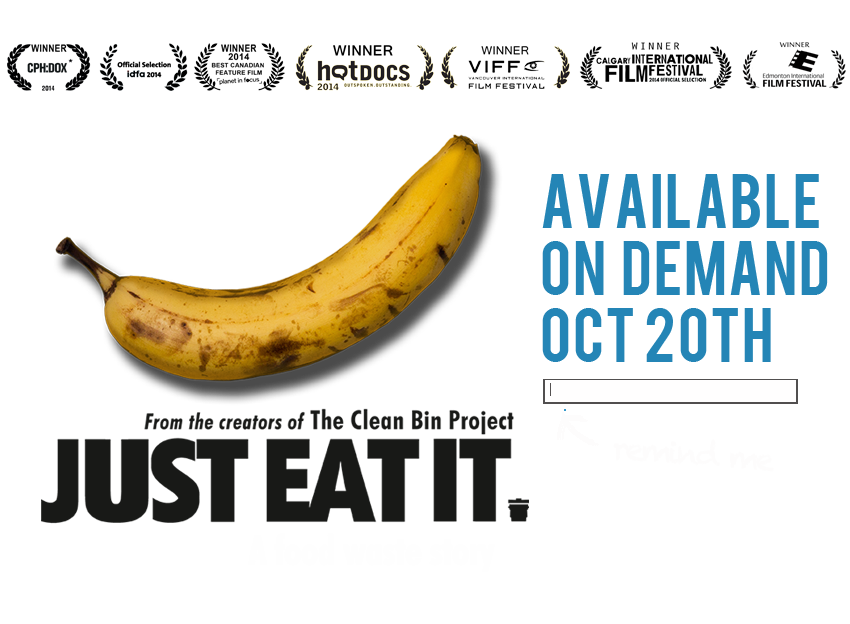
11- Eat as much raw as possible
Consuming raw food provides maximum nutrients. Getting more nutrition, we eat less, which is economical, unless we eat our emotions… In my life, I notice that I am much healthier and therefore more productive and efficient at work, which can also result monetary value at the end of the day. It is this overall picture I am doing for decades. Eating healthy gives me more economically, physically, psychologically, spiritually, emotionally, not to mention my environmental footprint.For all these reasons, when the slightest resistance to change comes, I can not make myself believe that eating healthy is too expensive…

